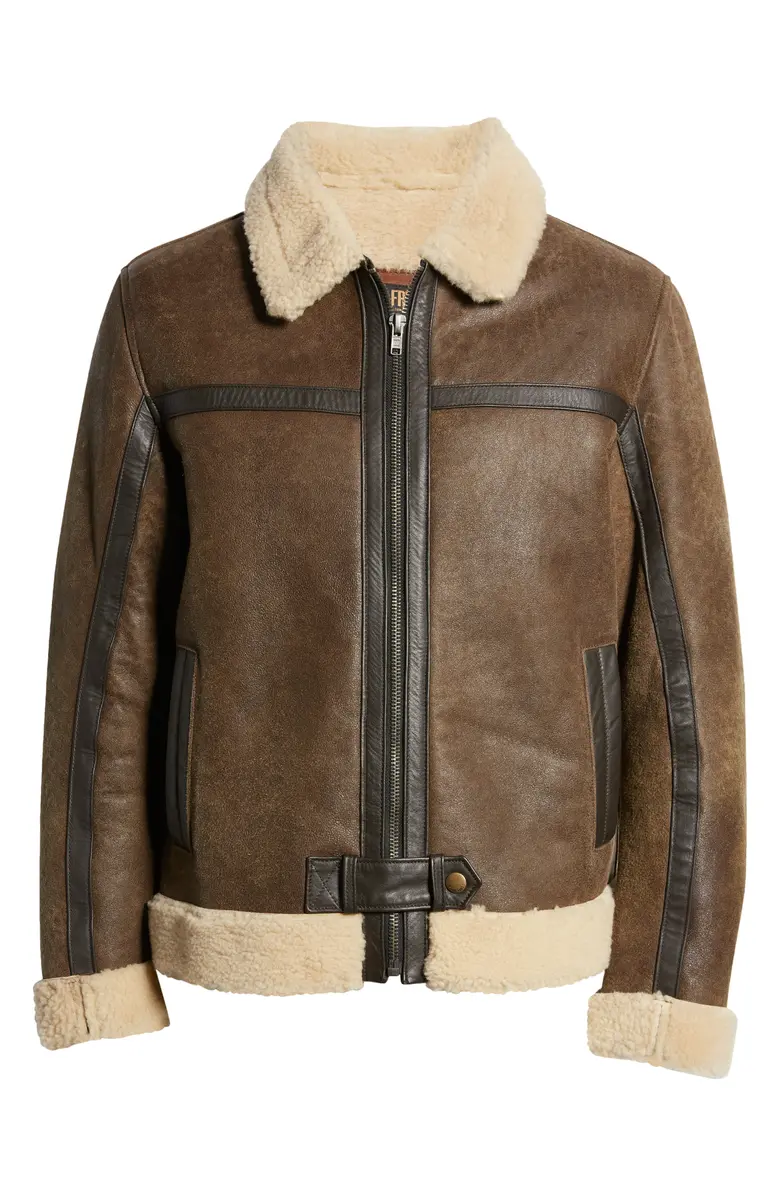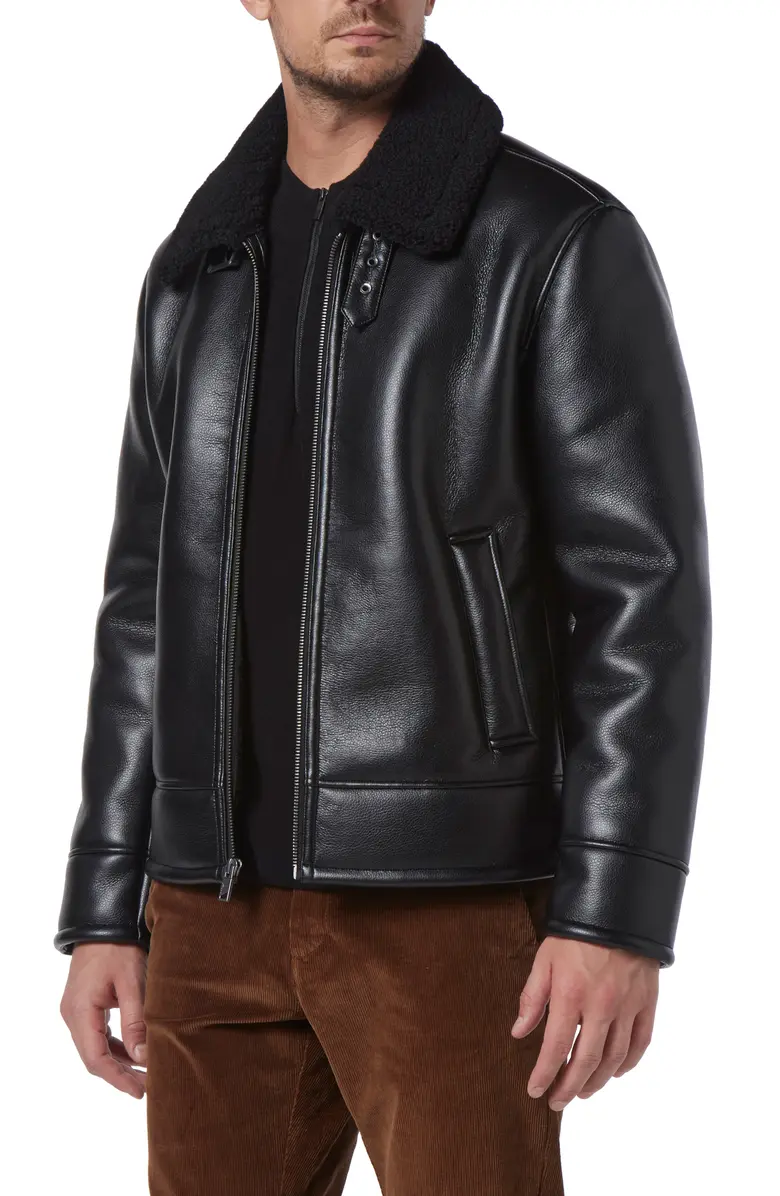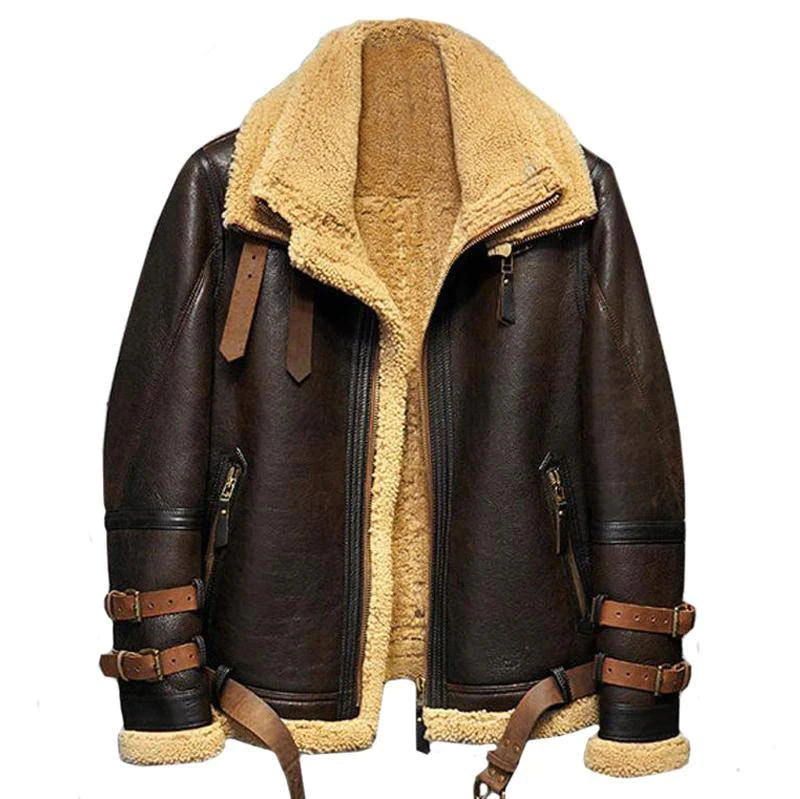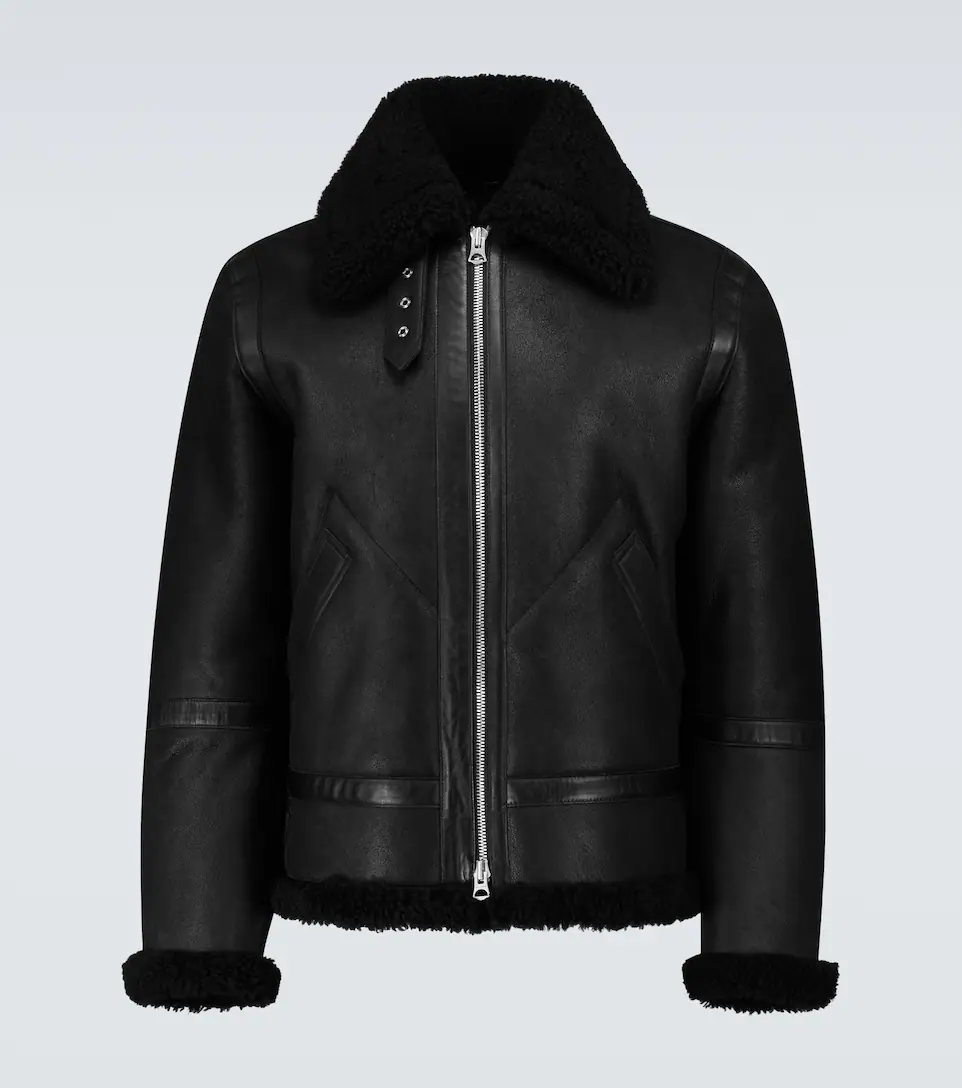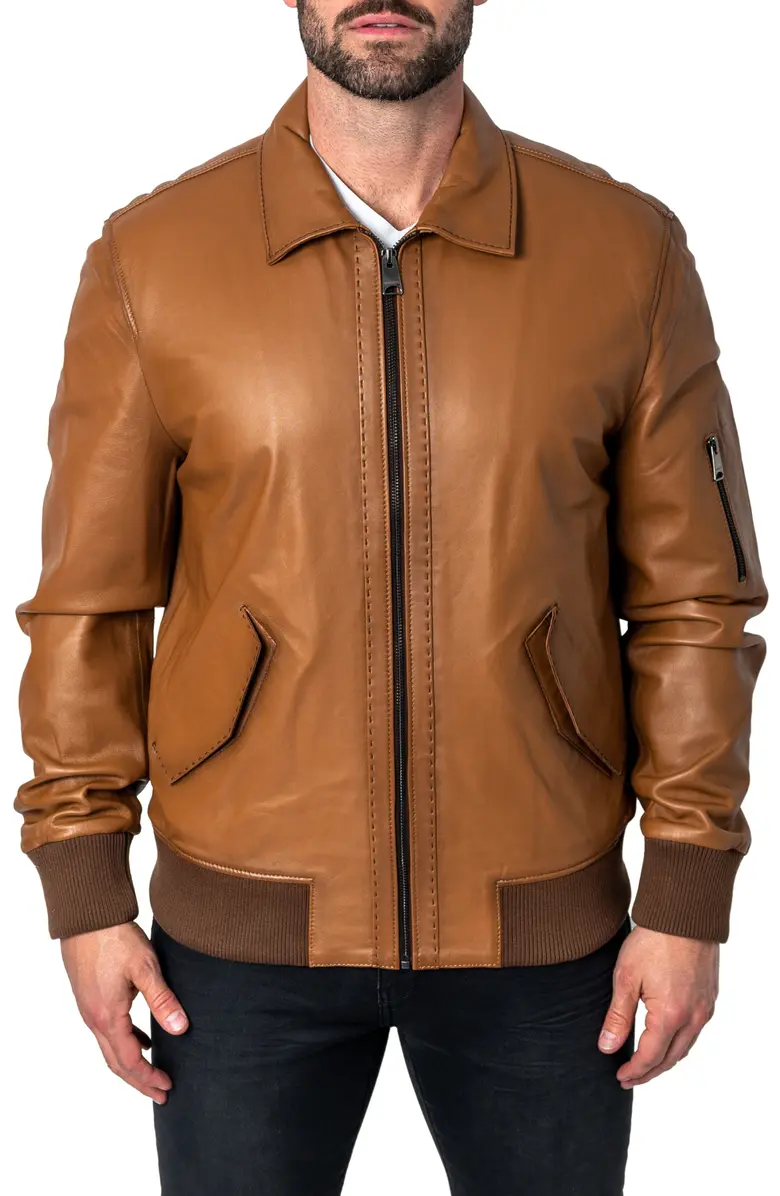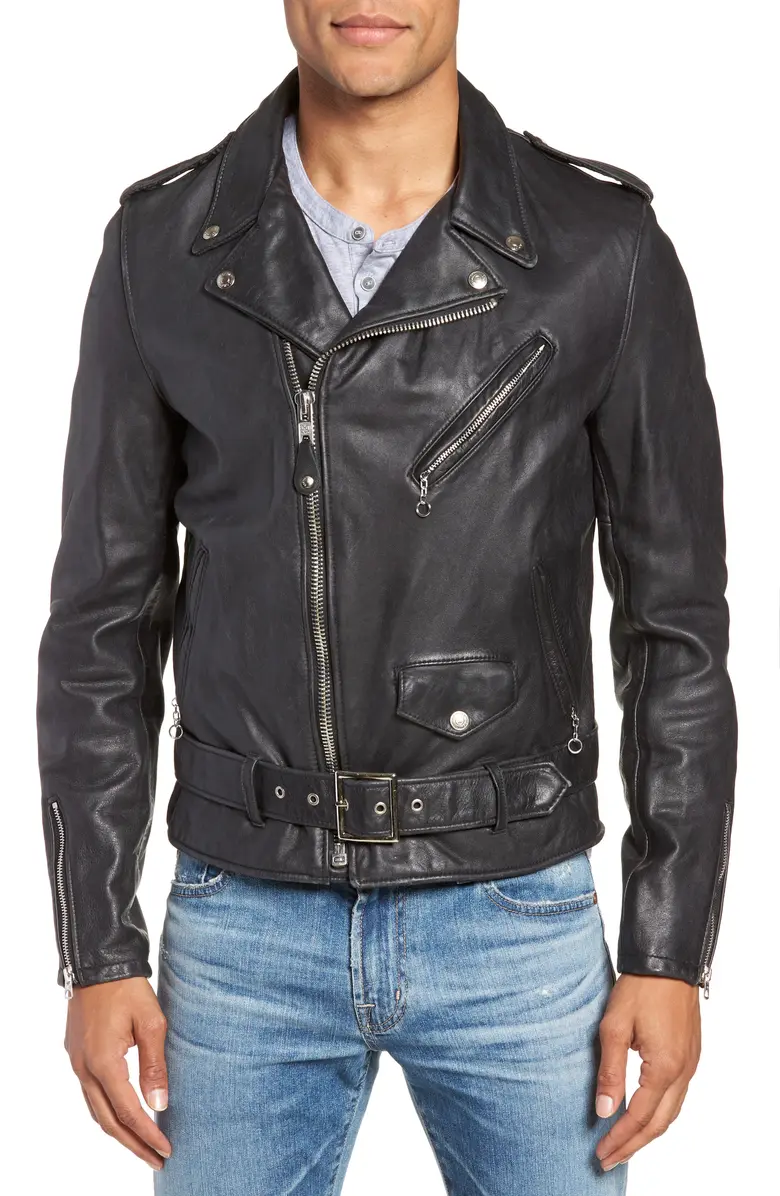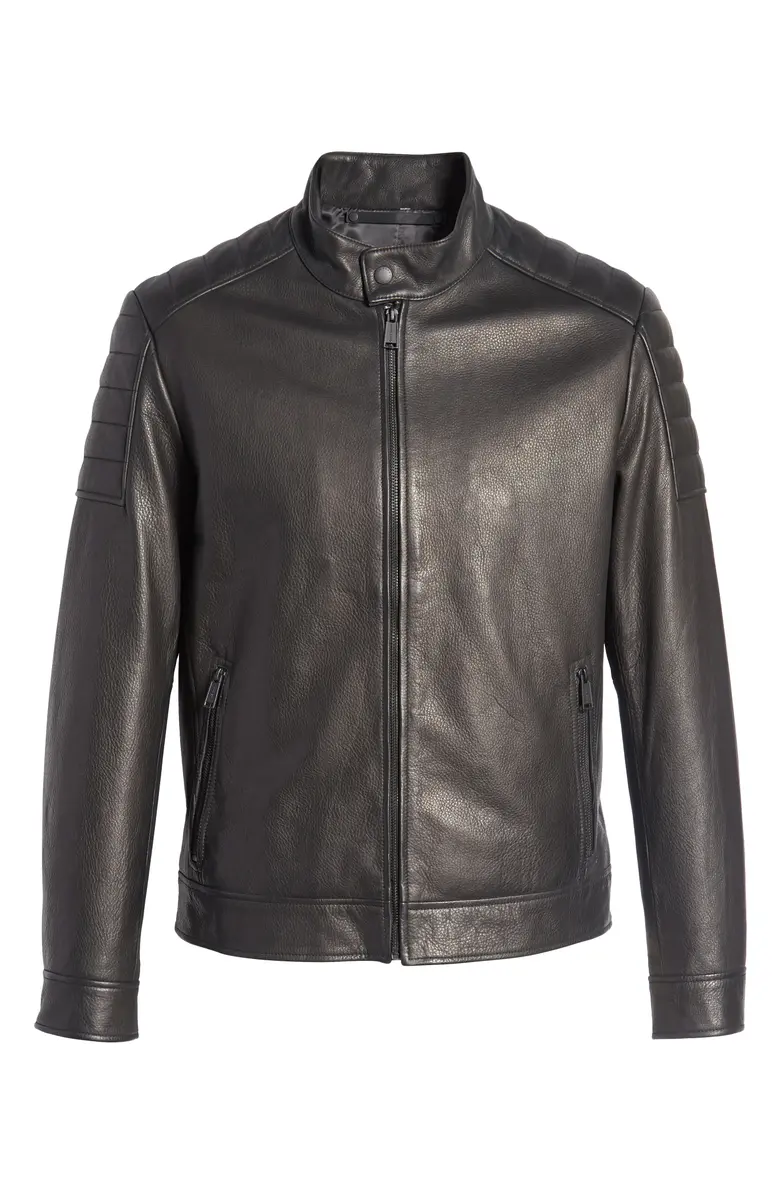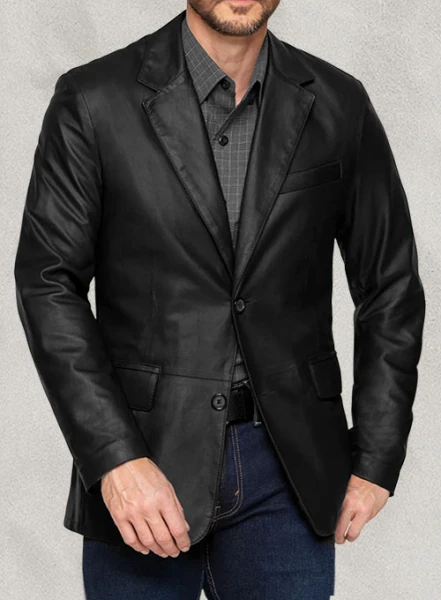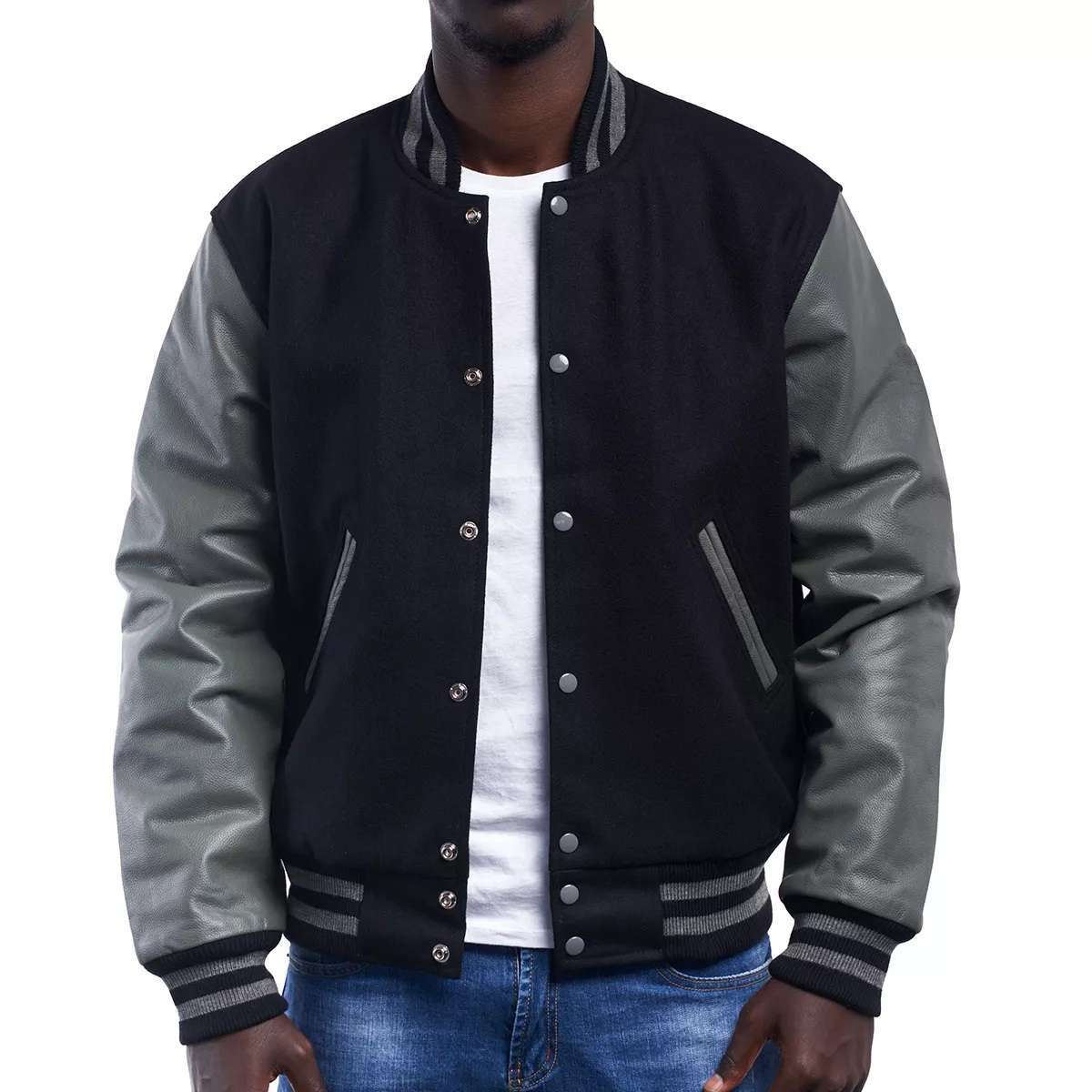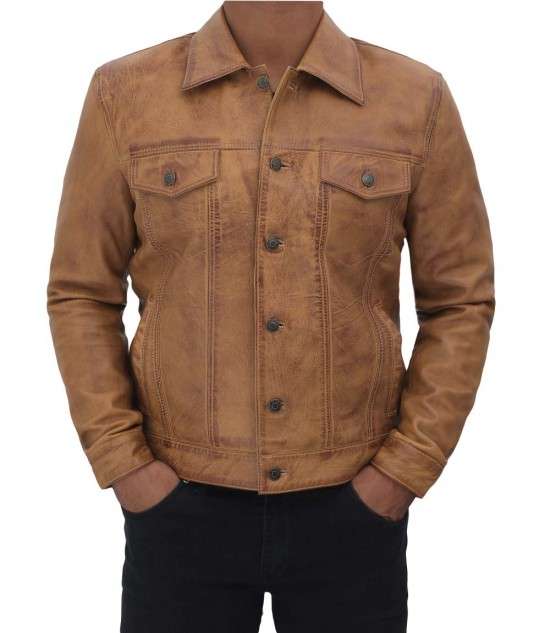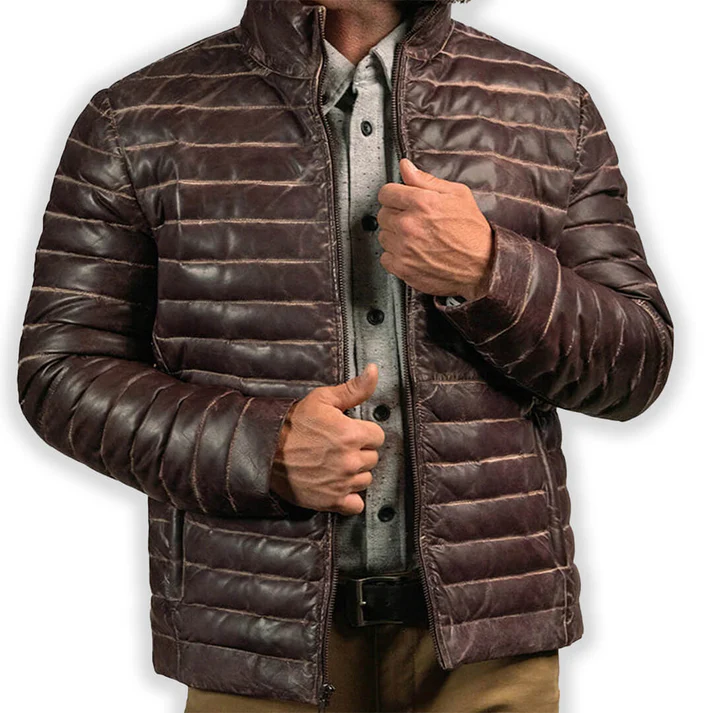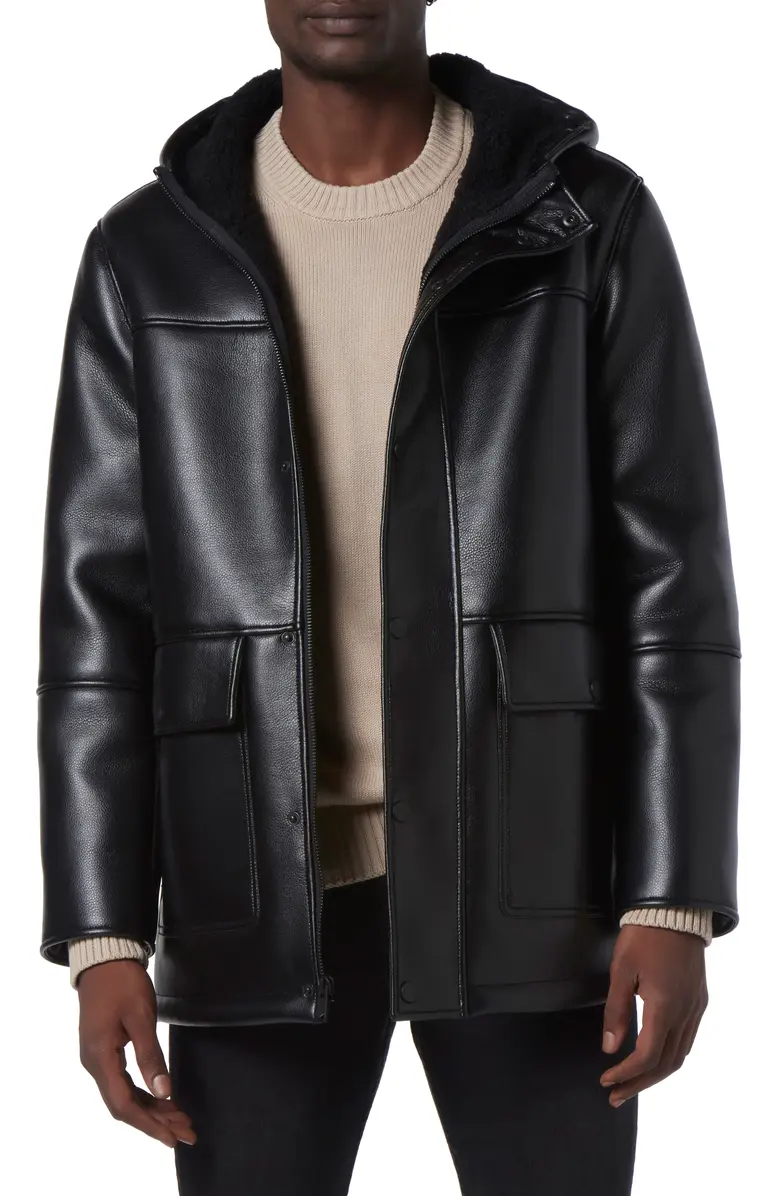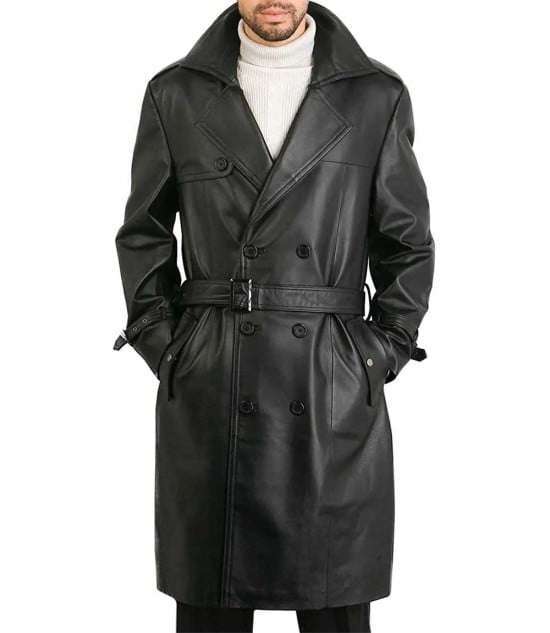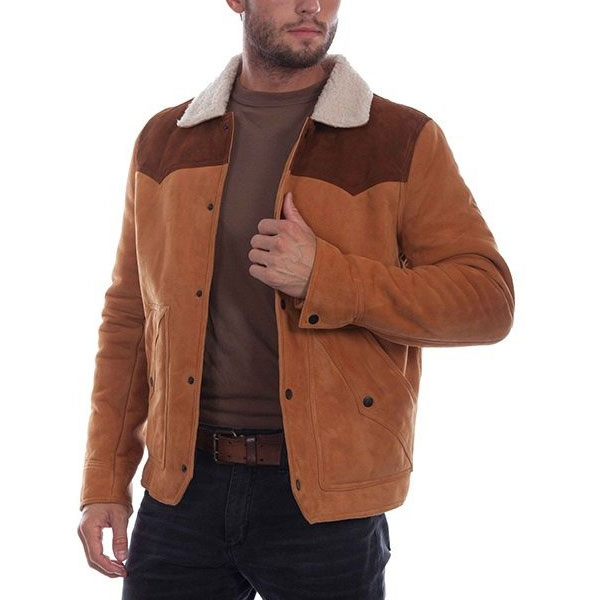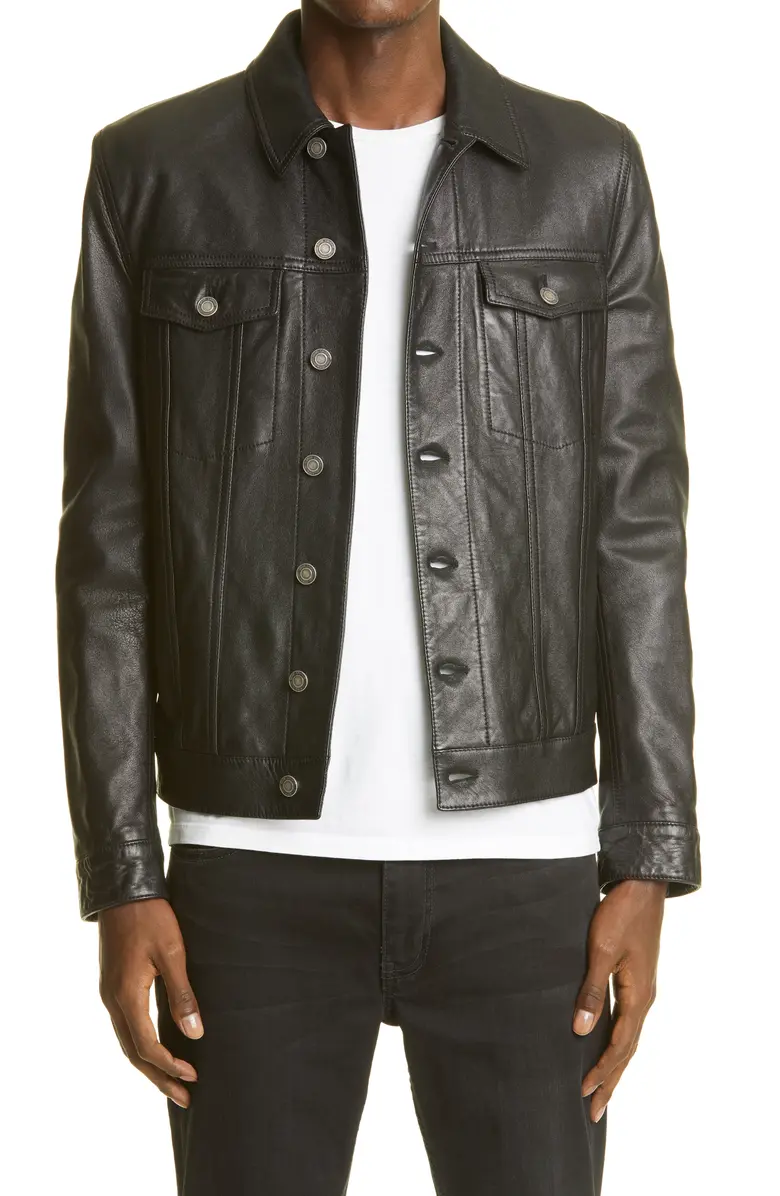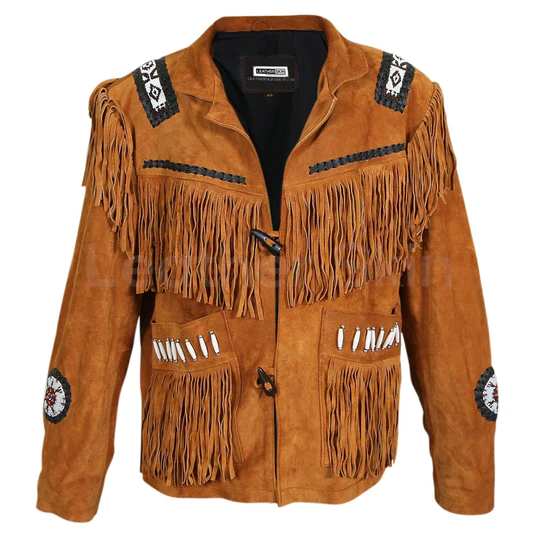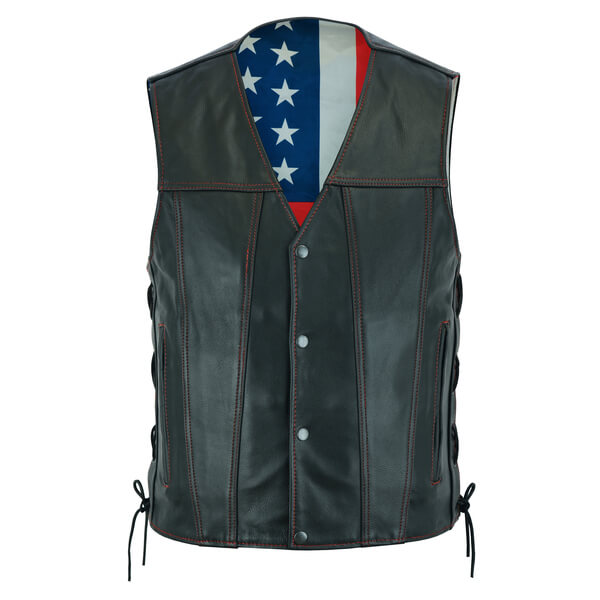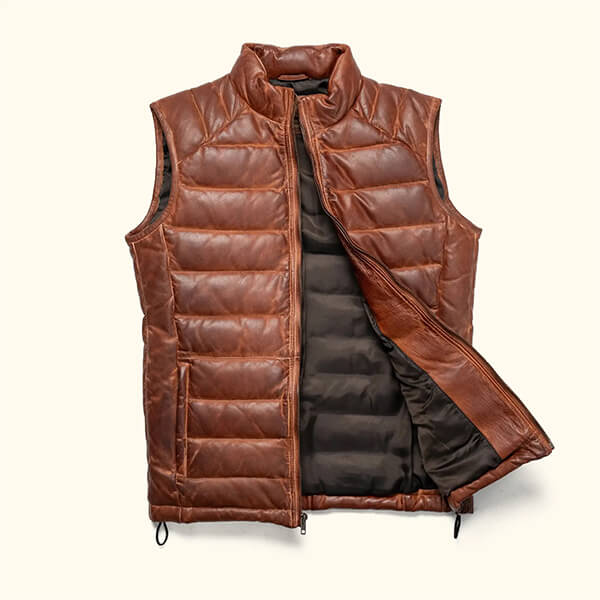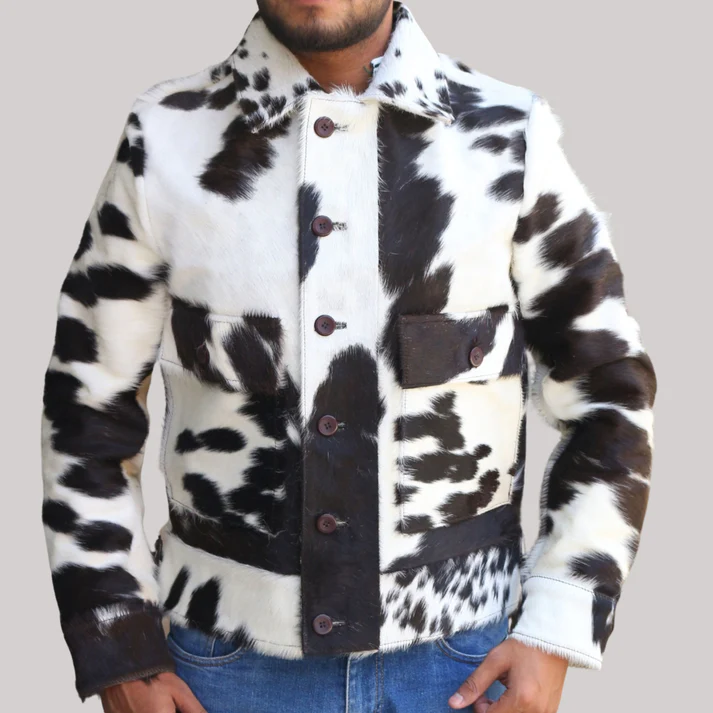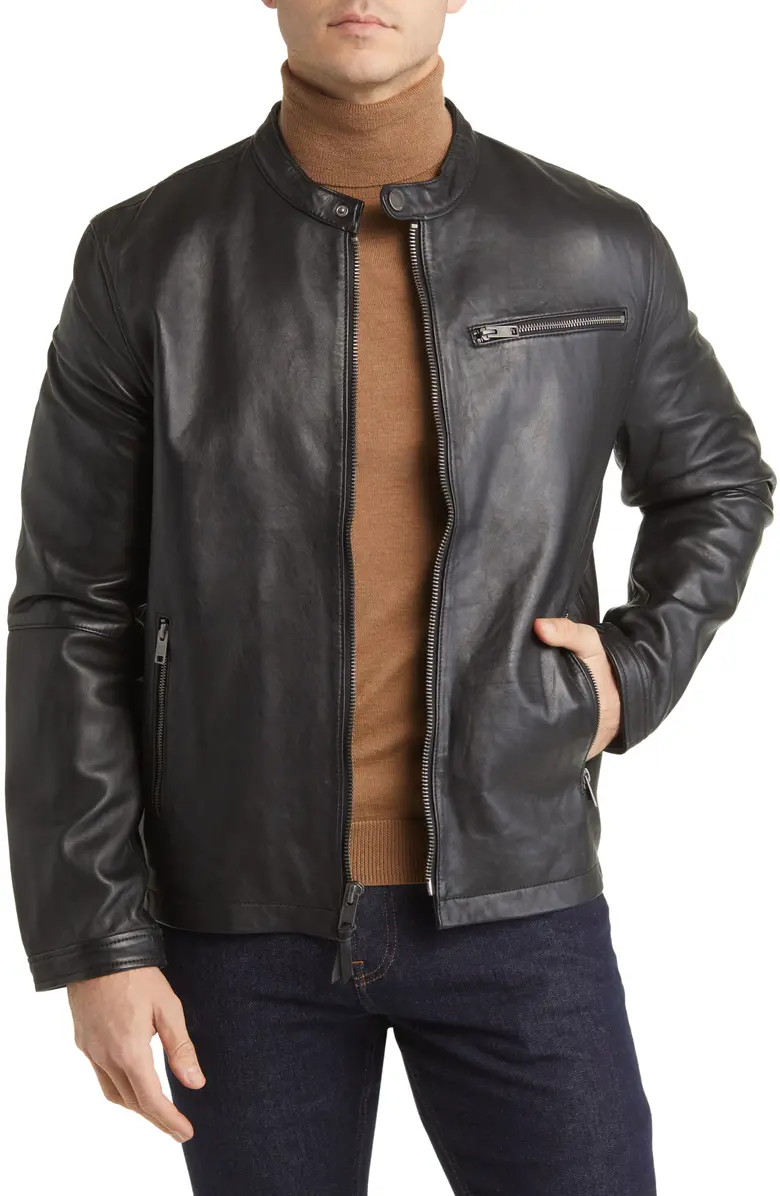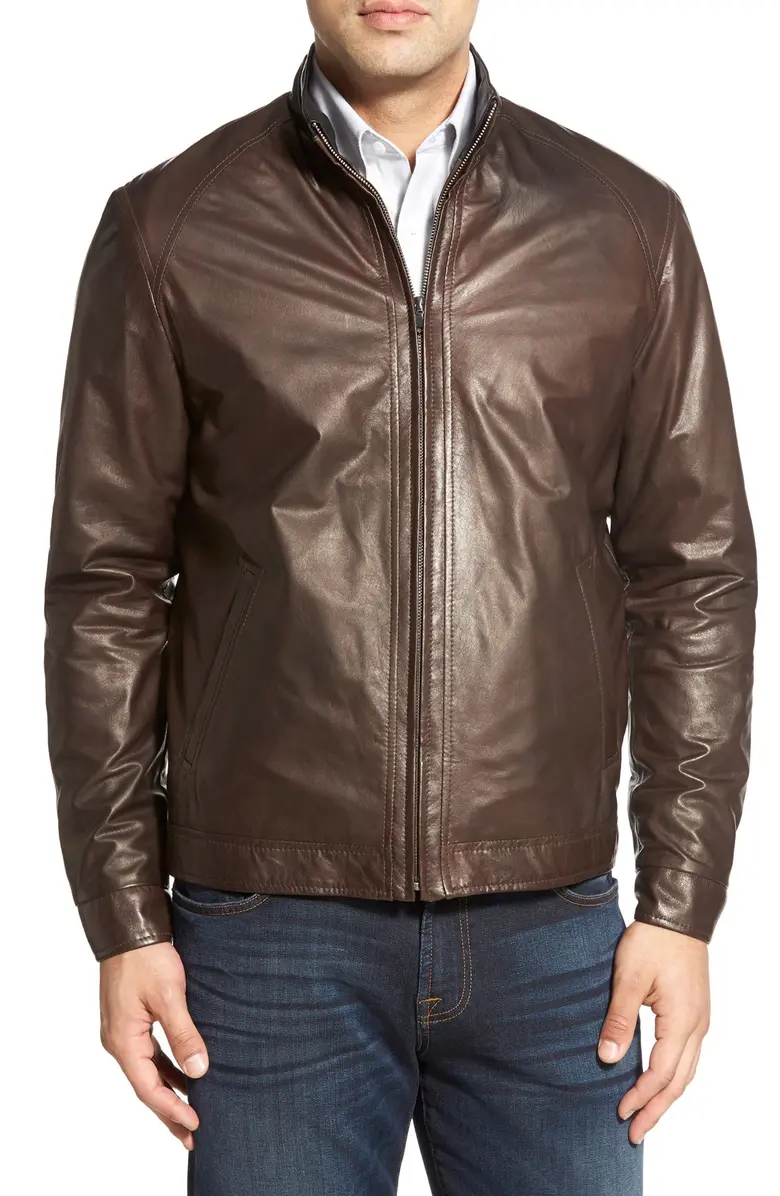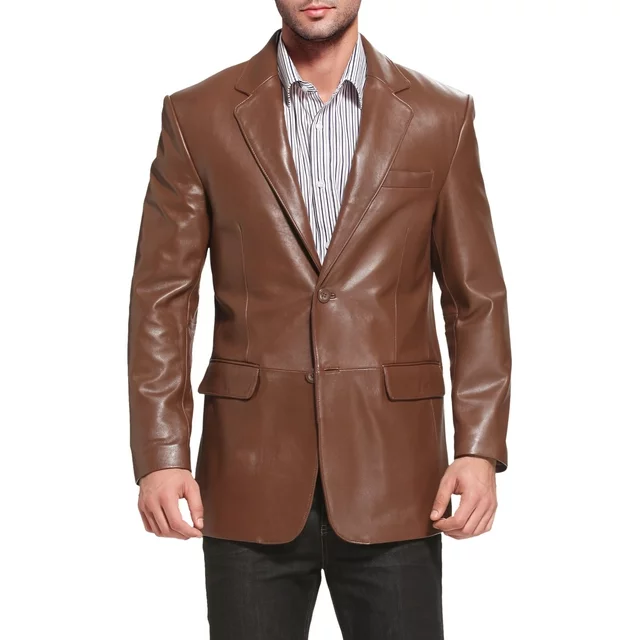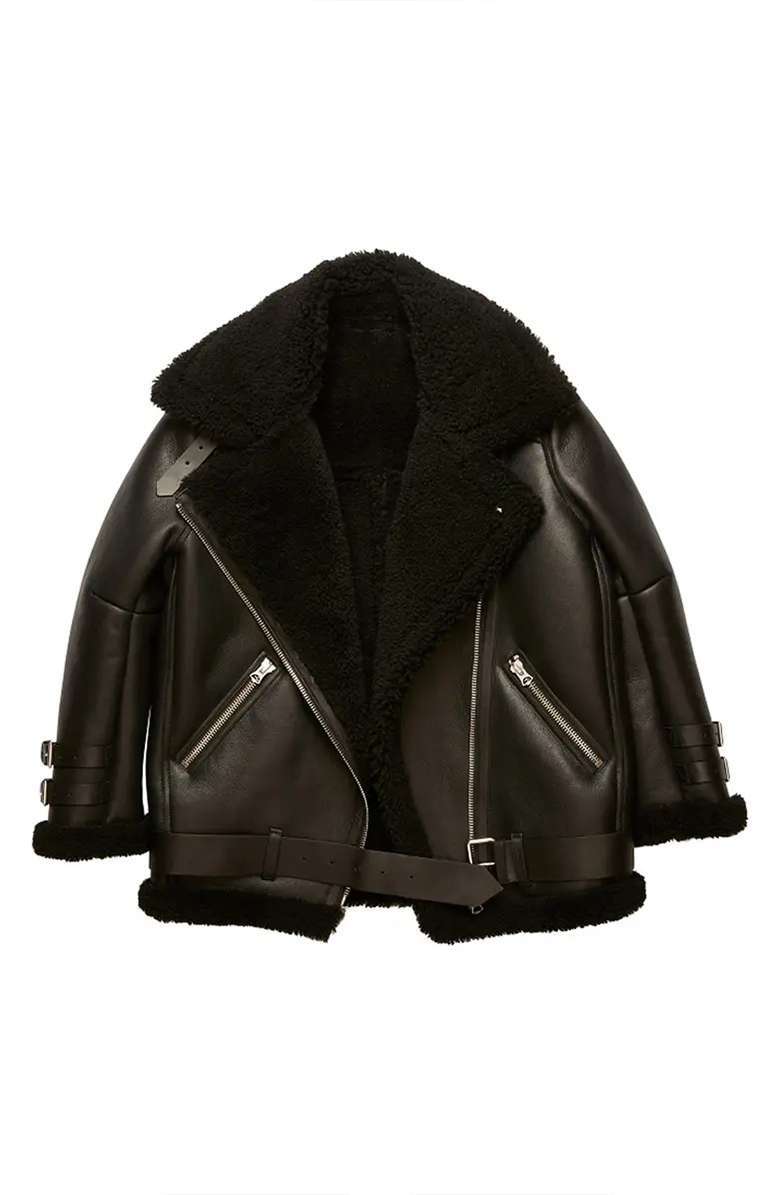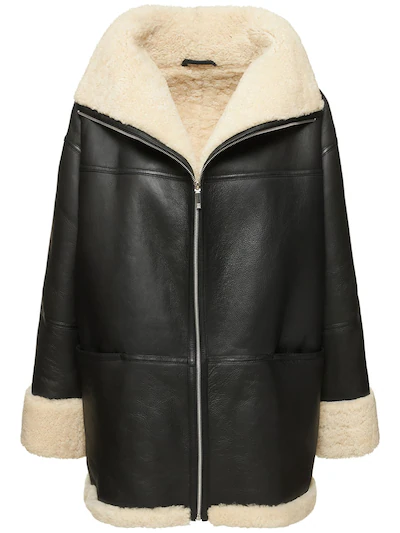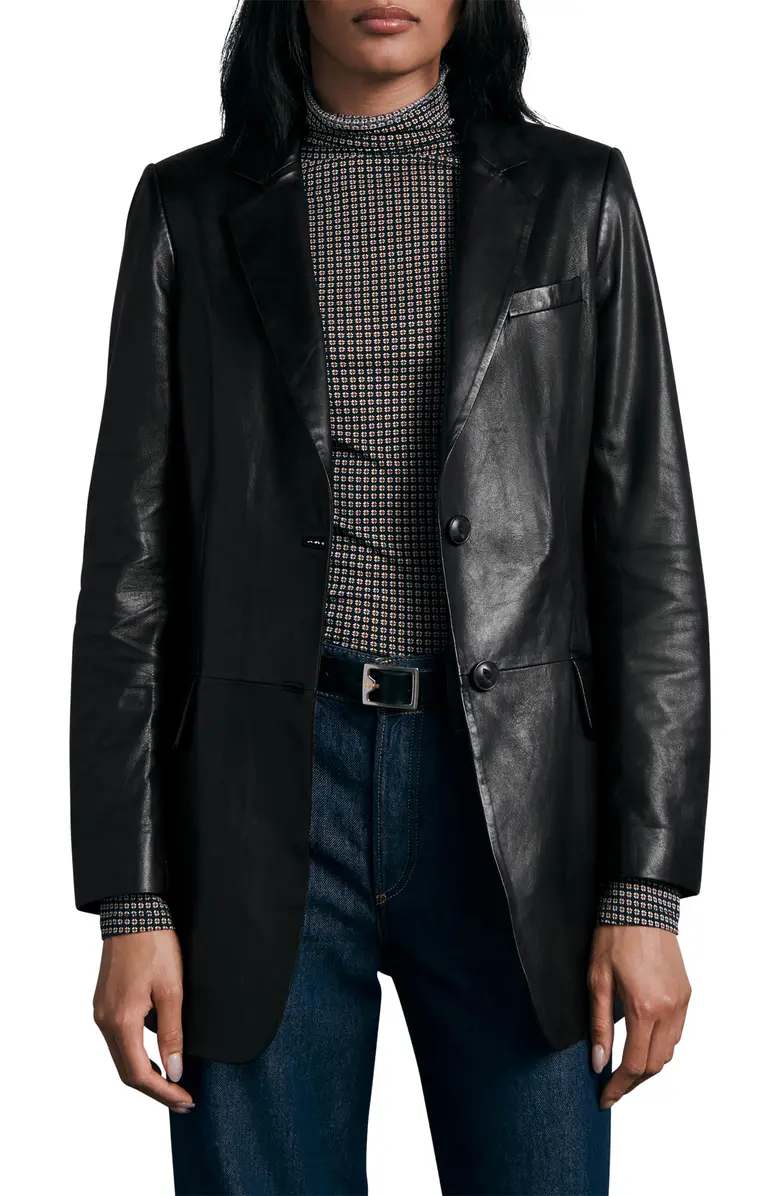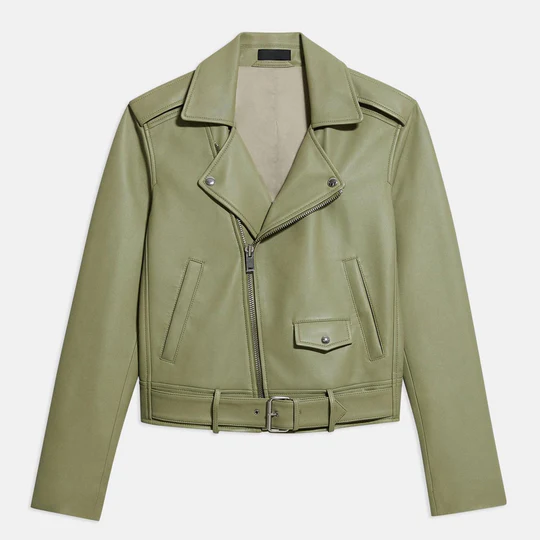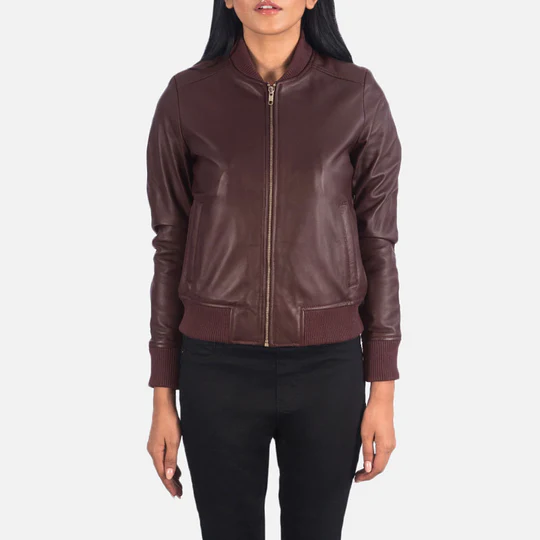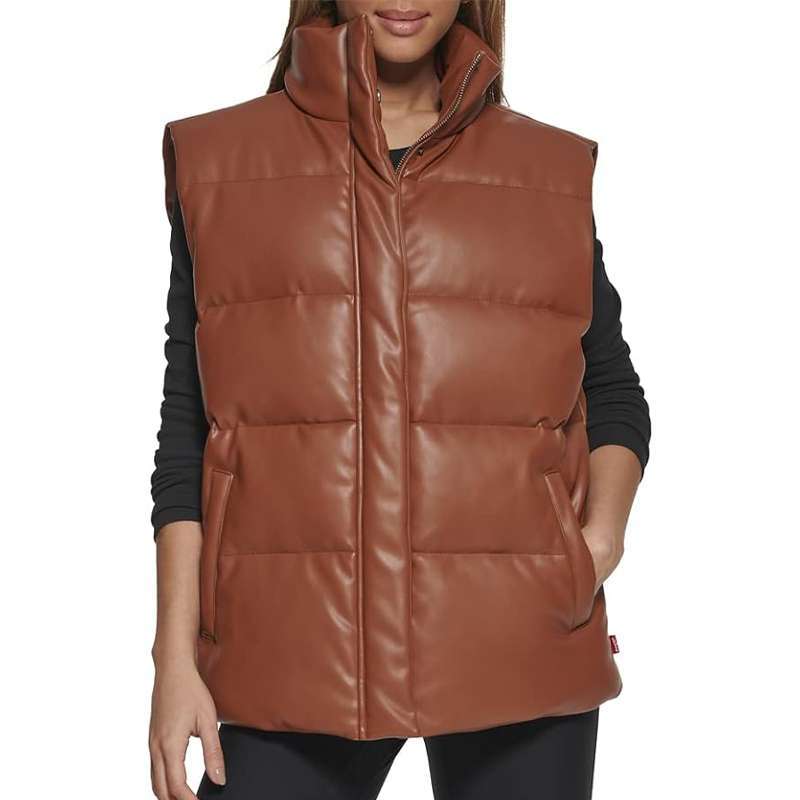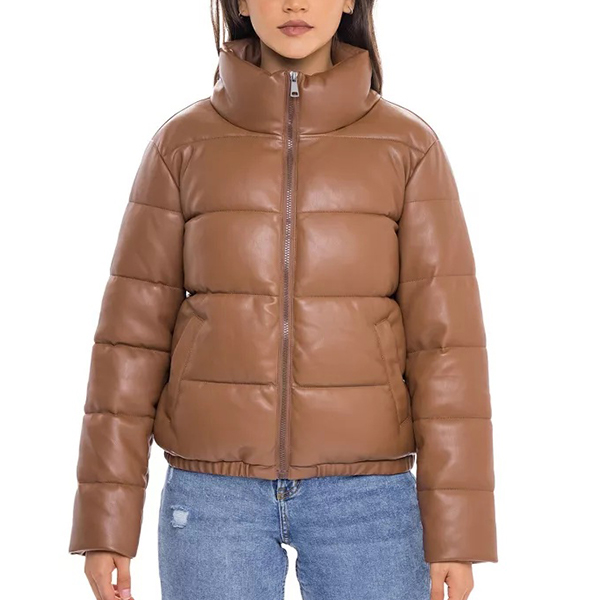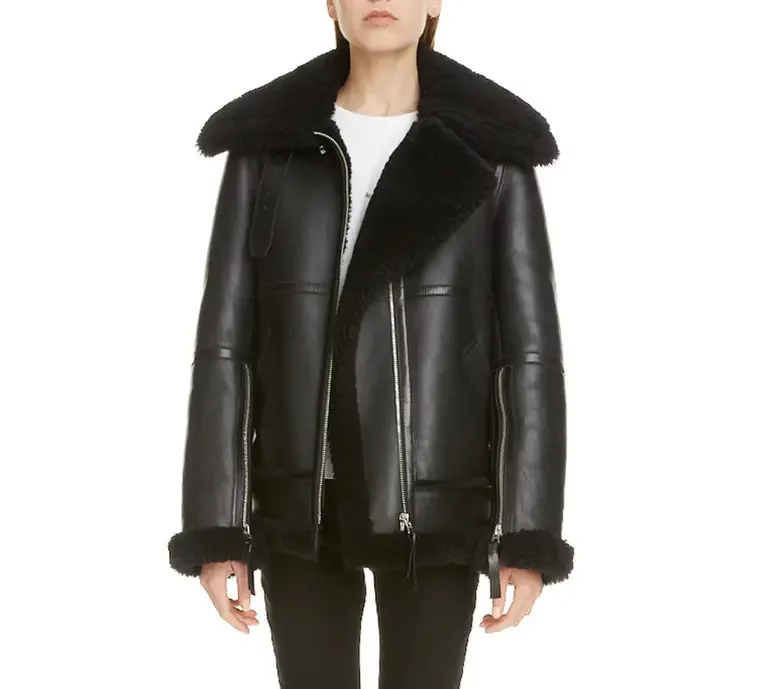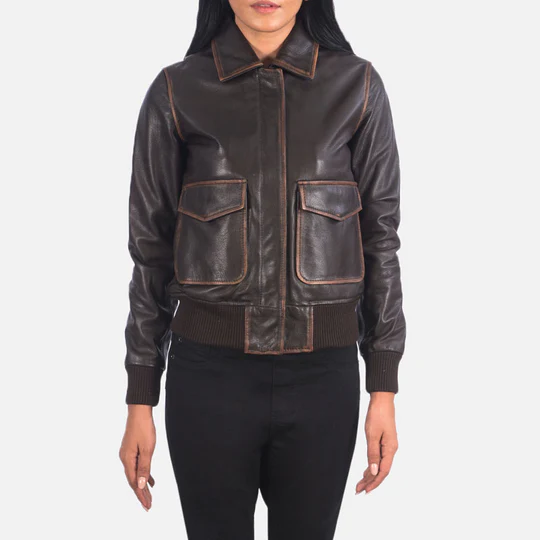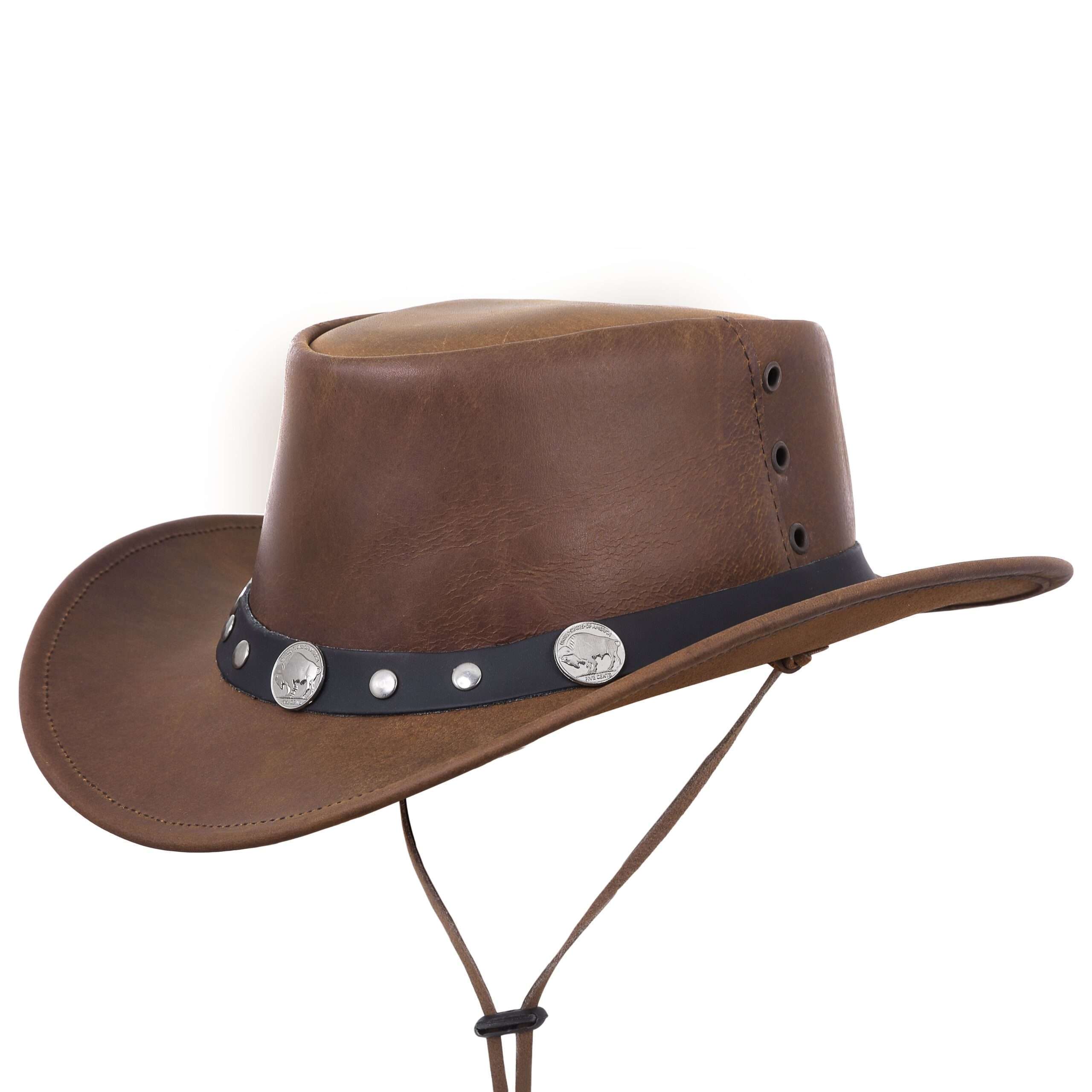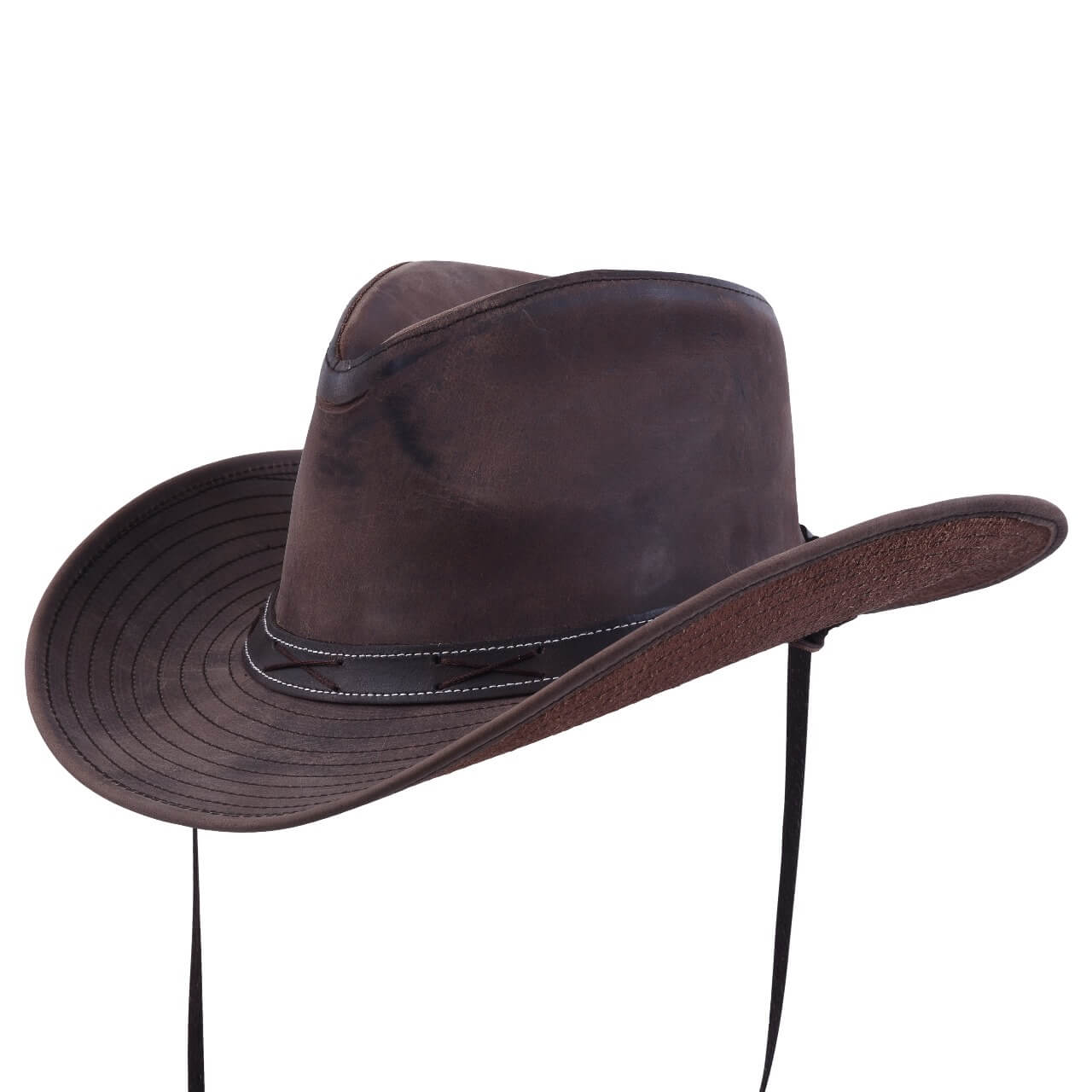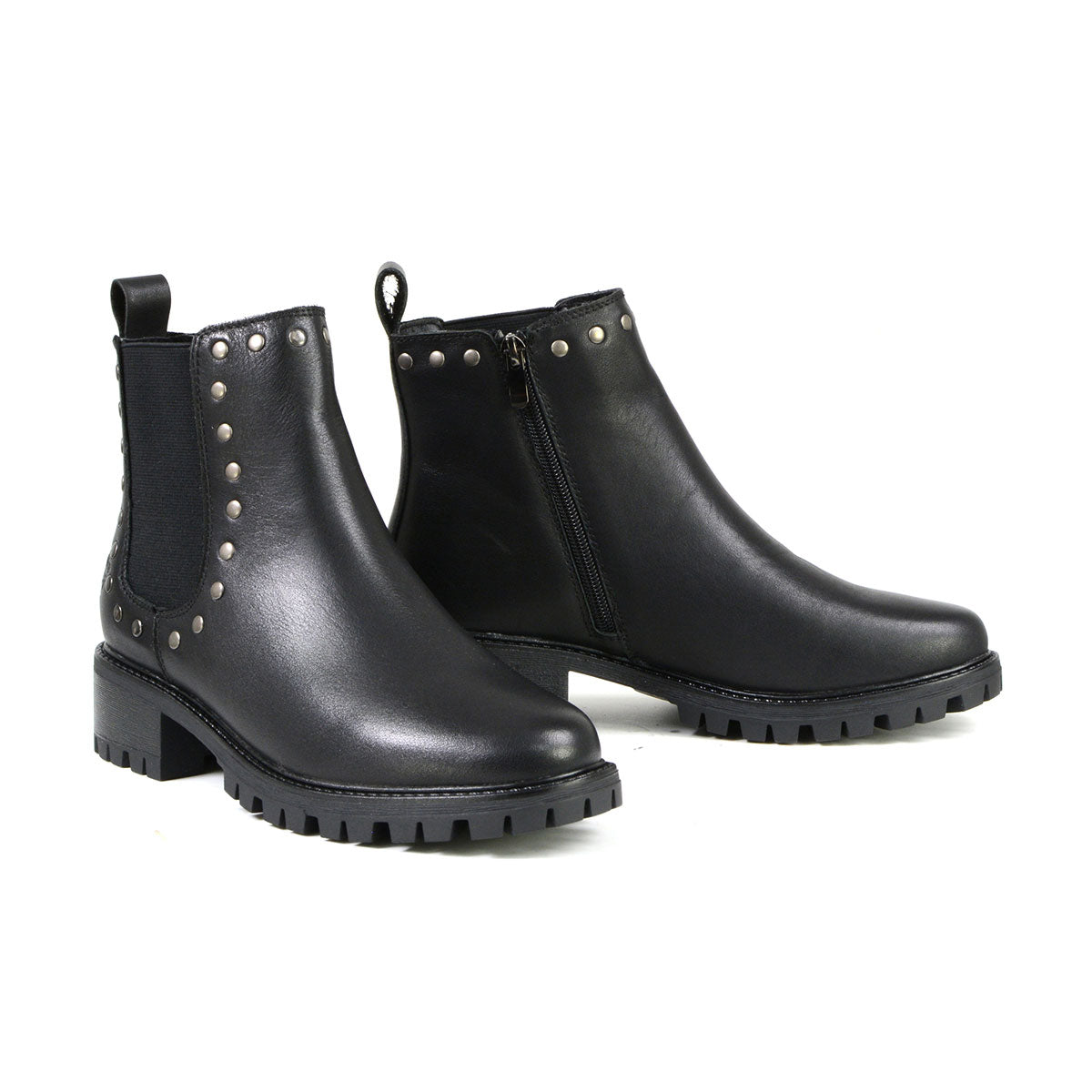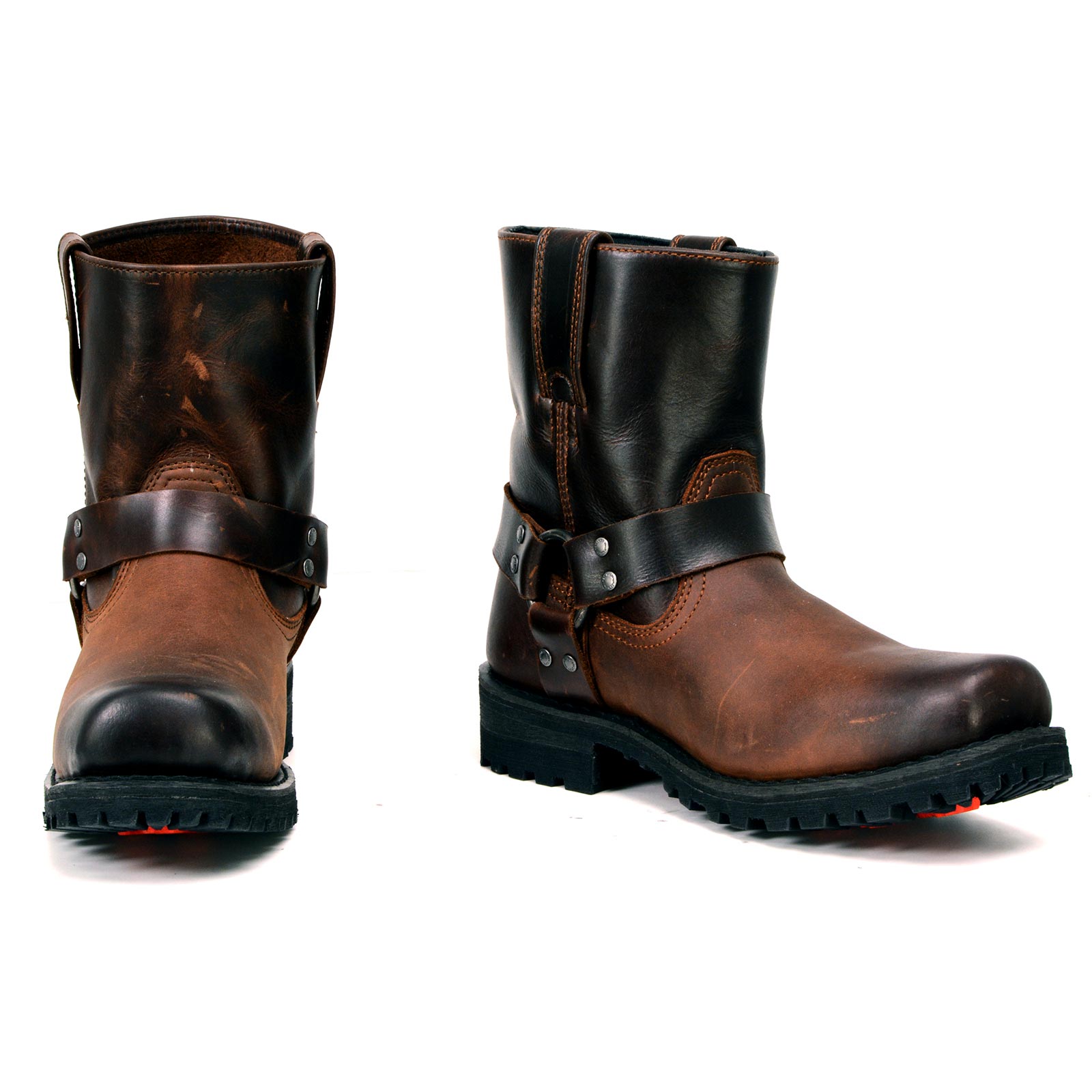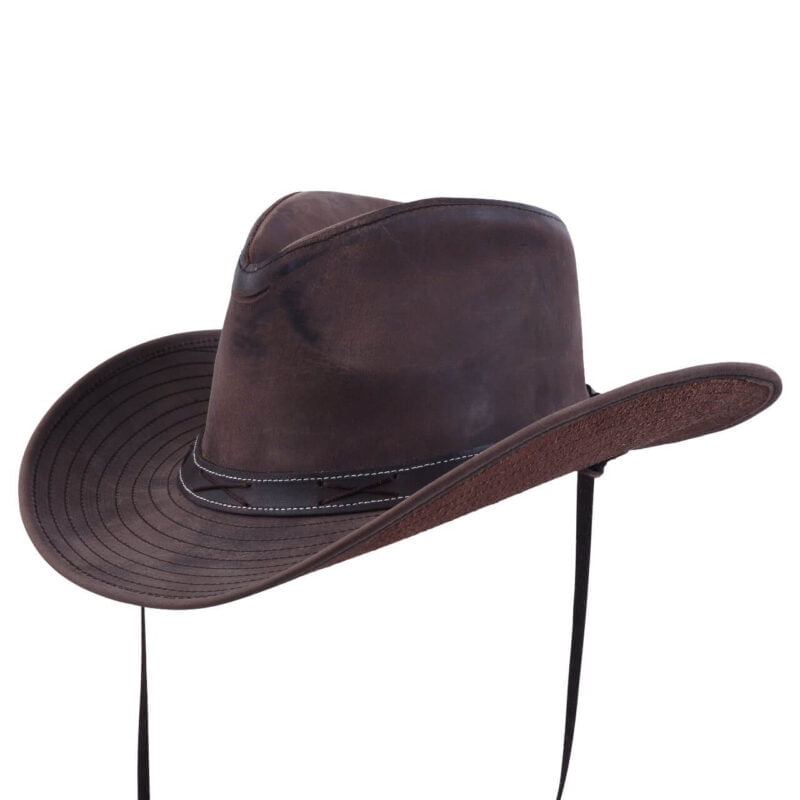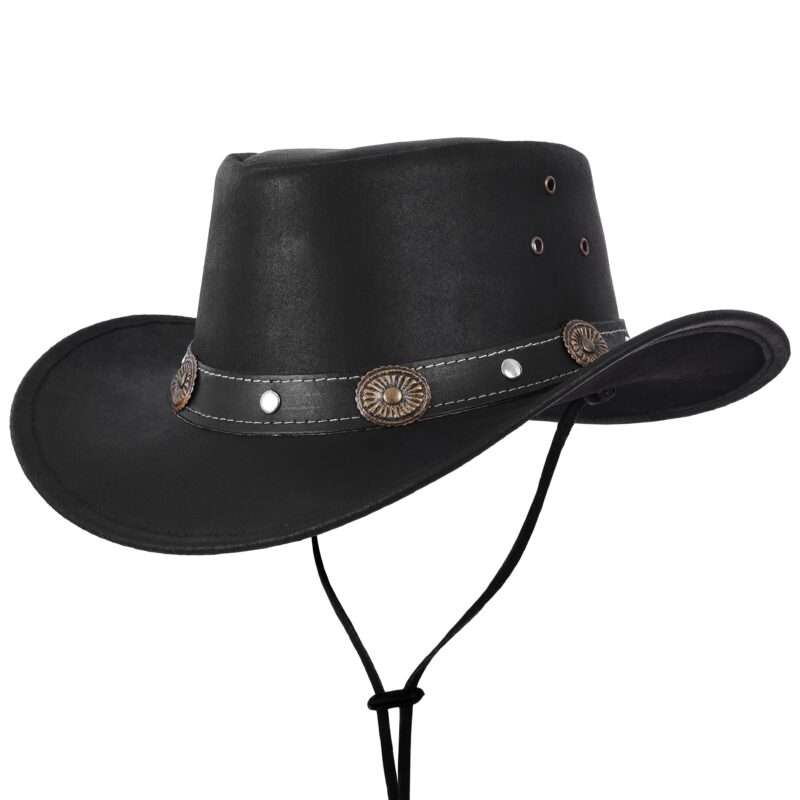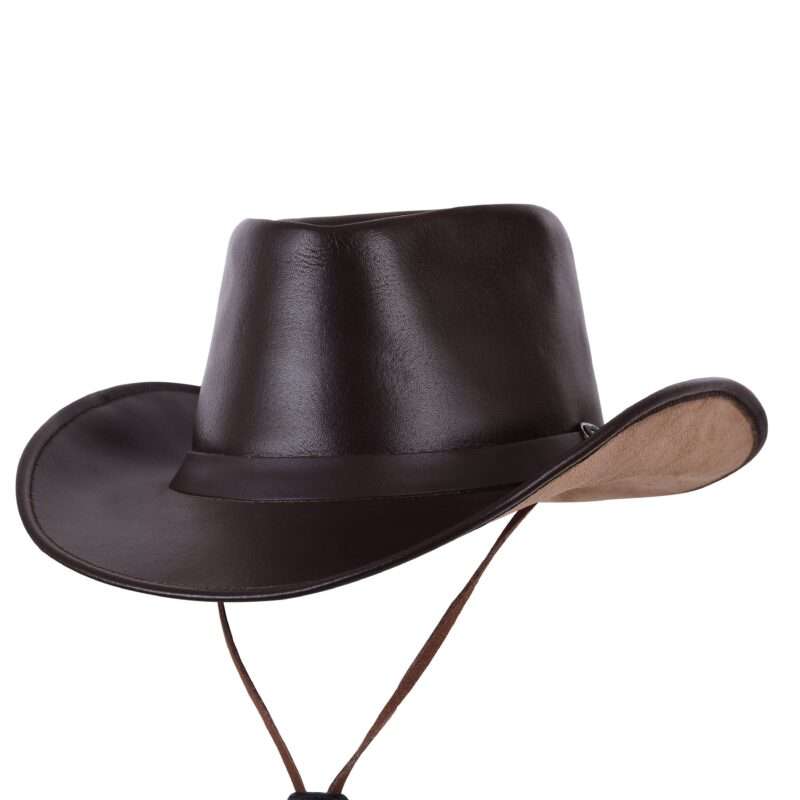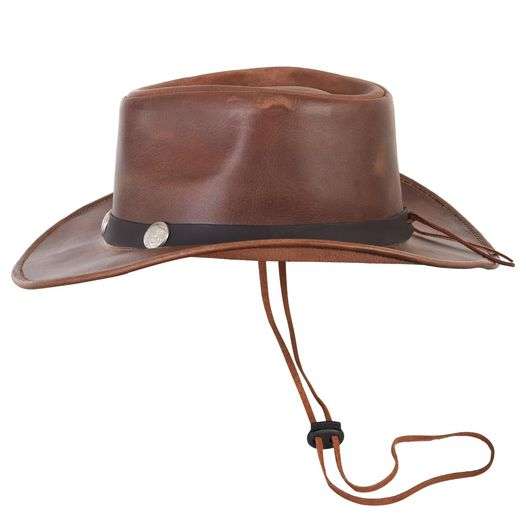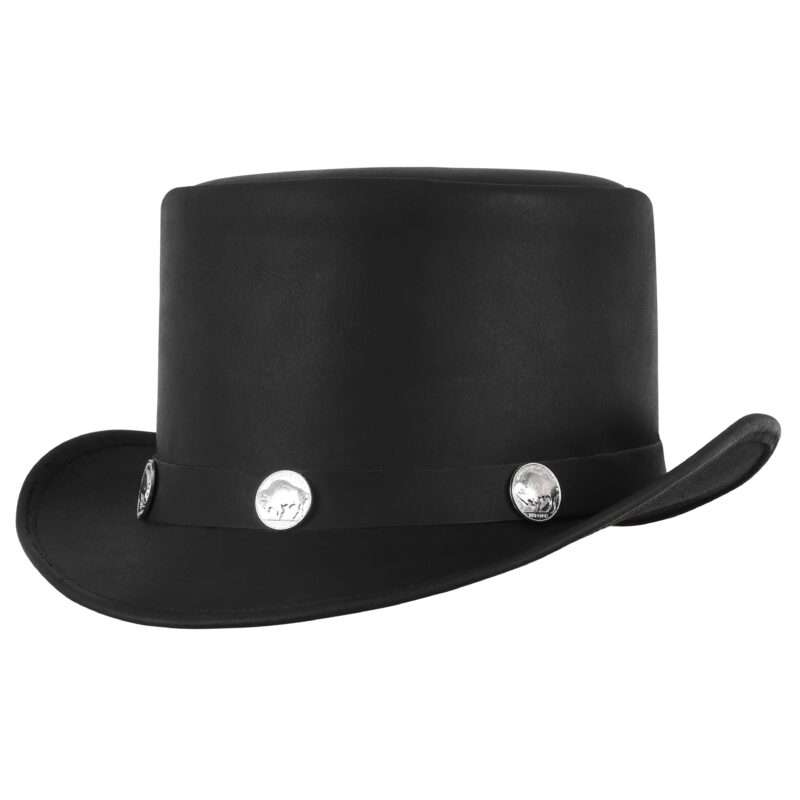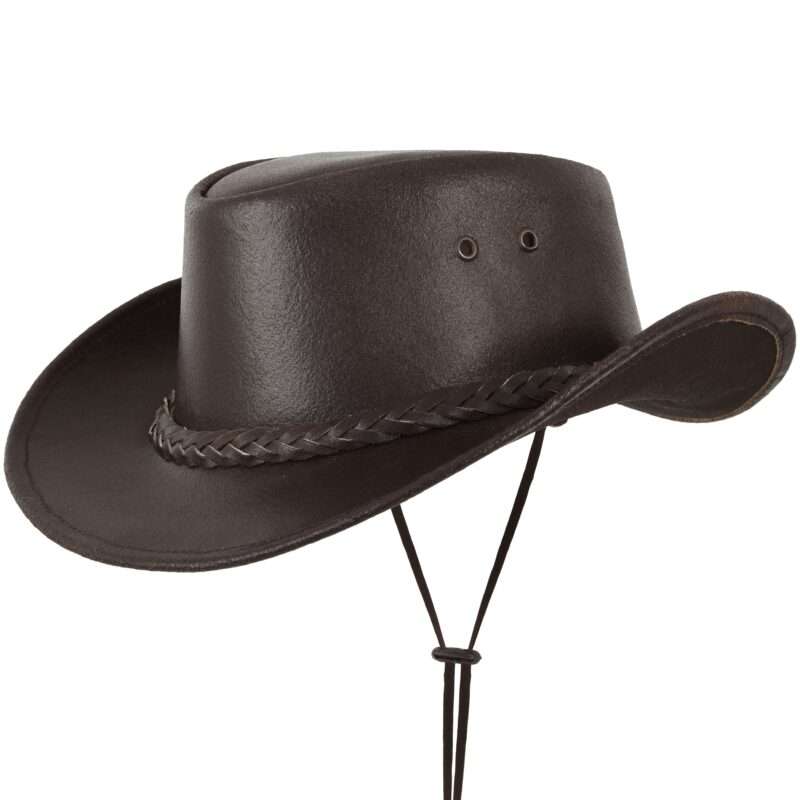The cowboy hat is one of the most recognizable imageries associated with the American West. This iconic headgear, with its broad brim and high crown, has come to represent tough individualism, the spirit of the frontier, and the wild, uncontrolled environments of the Old West. However, have you ever pondered why the sides of cowboy hats are so distinctly curved? The remarkable fusion of style, function, and cultural evolution that has defined not just the hat but the whole identity of the American cowboy holds the key to the answer.
Distressed Brown Leather Outback Western Hat
The Cowboy Hat’s History
We must first examine the history of the cowboy hat in order to comprehend its curved sides. When the first cattle drives started in the 1830s, the cowboy hat as we know it today did not exist. Many of the headwear used by cowboys during that time, such as sombreros and bowler hats, was inappropriate for the rough and tumble of life on the range.
John B. Stetson did not design what would eventually become the standard cowboy hat until 1865. According to legend, Stetson, a hatter’s son, travelled to the West for his health and, while out hunting, showed his friends how to produce fur clothing without weavers. Using this method, he made a rudimentary hat with a wide brim that he wore the rest of the journey. He named it “Boss of the Plains,” and it was so useful and sturdy that he decided to start making it when he got back east.
The Developing Curved Brim
The flat brim and smooth, rounded crown of the original Stetson hat were features. But as cowboys started using these hats for work every day, they inevitably began to customize them to fit their own requirements and tastes. This is when the cowboy hat’s curved sides started to take shape.
The brims of cowboy hats were bent for a number of utilitarian reasons:
- Weather Protection: Better weather protection is offered with a curved brim. The upturned sides stop rain or snow from dripping down the cowboy’s neck, while the front curve helps protect the eyes from the sun.
- Better Visibility: Cowboys could see more clearly to the sides without having to move their heads thanks to the upward curvature of the sides, which was especially useful when working with cattle or riding at high speeds.
- Wind Resistance: In high winds, a hat with a flat brim is prone to being blown off. On the broad plains, breezy weather is prevalent, thus a curved brim helps the hat stay on.
- Ease of Use: Cowboys could more easily take their hats by the front and back with curved brims than fumbling with a broad, flat brim.
Customization: Since a cowboy’s hat became an essential component of their persona, forming the brim became a means of showcasing personal taste and local ties.
Black Leather Key West Conchos Hat
The Art of Shaping
Cowboy hat shaping evolved into a distinct art form over time. After softening the felt with steam, cowboys would gently shape the brim to their desired shape. Different areas gave rise to unique styles:
Ranch hands in Texas started to adopt the “Cattleman” crease, which has a somewhat curved brim and three dents on top.
The “Gus” style, which takes its name from a character in the book “Lonesome Dove,” has an extremely tall crown and brims with pronounced curves.
In the northern states, the “Montana Peak,” with its four symmetrical dents, was preferred.
In addition to being functional, these regional differences gave cowboys a means of subtly conveying their background and level of skill.
Popular Theories on the Curved Brim
The flat brim and smooth, rounded crown of the original Stetson hat were features. But as cowboys started using these hats for work every day, they inevitably began to customize them to fit their own requirements and tastes. This is when the cowboy hat’s curved sides started to take shape.
Five Hypotheses for the Origin of Farmers’ Curving Brims
Although we’ve covered a few utilitarian explanations for the curved brim, there are a few different hypotheses as to why farmers and cowboys in particular started using them. These are five fascinating theories:
- Historians who subscribe to the “Cattle Sighting” theory contend that farmers bent the brims of their caps in order to enhance their peripheral vision when tending to cattle. A flat brim could make it difficult for the farmer to see animals moving alongside them, which could be harmful. Farmers could keep a clean line of sight in every direction without having to constantly shift their heads by curling the sides upward.
- The Theory of “Rain Runoff”: According to a different idea, the curved brim was first intended as a rainfall control tool. Hats with a flat brim would let water collect there and eventually run down the wearer’s back and shoulders. Farmers kept themselves dry during rainy weather by naturally creating channels for water to drain off by bending the edges of the brim.
- The “Lasso Theory” holds that the curved brim evolved to facilitate the usage of lassos, according to some fans of cowboy culture. A cowboy would frequently raise the rope up to their face when lassoing someone. A curved brim would make the rope move more smoothly and less likely to catch on the hat at important times.
- The “Wind Resistance” Theory: A flat-brimmed hat could be readily blown off in vast grasslands and prairies where strong winds are frequent. According to this explanation, farmers began to curvature their brims in order to make their hats more aerodynamic—that is, to let the wind pass over and around the hat instead of catching it like a sail.
- The Idea of “Regional Identity”: According to some sociologists, farmers and cowboys used brim curvature to set themselves apart from one another in their own regions. Different regions gave rise to unique curving techniques, which evolved into a form of nonverbal communication about an individual’s background and experiences. According to this argument, the practice’s practical advantages emerged after it had become entrenched as a cultural identifier.
These hypotheses provide intriguing insights into the origins of the curved brim, but the real cause is probably a confluence of a number of pragmatic and cultural elements. The history of the cowboy hat is remarkable for its flawless fusion of form and function; it changed to suit the needs of its wearers while also forging a potent emblem of American identity.
Western Brown Leather Cowboy Hat | Leather Outback Hat
Cultural Influence: Beyond a Simple Hat
The cowboy hat became a cultural emblem as it developed, surpassing its practical beginnings. Particularly the curving brim came to symbolize the tough independence and versatility of the American cowboy.
With its characteristic curved sides, the cowboy hat became a staple in rodeos, Wild West events, and early Western films throughout the late 19th and early 20th centuries, when the “Wild West” started to captivate the American imagination. Movie actors like Tom Mix and entertainers like Buffalo Bill Cody contributed to the modern perception of the cowboy hat.
The cultural significance of the hat increased to the point where the entire cowboy way of life was symbolized by it. A symbol of independence, adventure, and a link to the country, the cowboy hat appeared in literature, film, and popular culture. Specifically, the curving brim came to symbolize the cowboy’s capacity to mold his surroundings and forge a living on the frontier.
Beyond the Range: The Modern American Cowboy Hats
The cowboy hat, with its curving brim, is still a timeless representation of the American West. It’s still a necessary piece of gear for professional cowboys and rodeo performers, but it’s also made an appearance in popular culture and fashion in the form of leather cowboy hats.
Politicians frequently wear cowboy hats to appeal to rural people and invoke traditional American ideals, particularly in western areas. The hat has become an integral part of the image of country music singers, with the brim’s degree of curve typically signifying the level of “country” appeal that the performer wishes to project.
People wear cowboy hats as fashion statements or to evoke the spirit of the West, even in metropolitan locations far from the ranges where the hat originated. Once a useful way to deal with the hardships of ranch life, the curved brim is today a fashionable option that may convey anything from a love of country music to a tough, independent demeanor.
Cyclone Leather Cowboy Hat Unisex Hat Western Style
Tradition and Artistry
Cowboy hat crafting and sculpting is still a skill that is practiced today. Expert hatters continue to employ generations-old methods, meticulously moulding and steam-casting each hat to get the ideal curvature. Because they are strong and retain their shape, materials such as felt manufactured from rabbit or beaver fur are still used to make premium cowboy hats.
Breaking in and shaping a new hat is an extremely intimate experience for many people. With its distinctively curved brim, a well-worn cowboy hat takes on the characteristics of its wearer’s life and career. It narrates a tale of sun, wind, rain, and the innumerable occasions it has been thrown in greeting or dragged down by the weather.
El Dorado Steampunk Leather Top Hat Black | Biker Top Hats
The Curved Brim’s Future
The cowboy hat is still changing as the twenty-first century goes on. Hats that are easier to shape and more durable can now be produced thanks to advancements in manufacturing techniques and material science. These days, several hat manufacturers let customers choose the precise curvature they desire in their brim thanks to customization possibilities.
The history and utilitarian roots of the cowboy hat’s curved sides continue to be the key sources of its attractiveness, even in the face of these developments. The cowboy hat is a physical link to a romanticized past and the continuing spirit of the American West in a society that frequently feels more and more cut off from nature and tradition.
Matte Brown Leather Cowboy Hat With Braided Hat Band
The Curved Brim’s Lasting Legacy
The cowboy hat’s curved sides are more than just a fashion statement. They are the outcome of more than 150 years of personal expression, cultural development, and practical adaptation. The unique shape of the cowboy hat continues to captivate the imagination and embodies the spirit of American freedom, whether it is worn on the sunbaked ranges of Texas or on the dazzling stages of Nashville.
The American West itself is ultimately the story of why cowboy hats have curved sides. It’s a story of how inventions are born out of necessity and how people shape their surroundings while being shaped by it. A cowboy hat’s curved brim is a little element that conveys a lot about a country’s mythology, history, and ideals.
The cowboy hat, with its elegantly curved brim, will always be a symbol of the American spirit as long as there are open skies and a desire for freedom. It serves as a reminder that sometimes the most sensible solutions can turn into the most meaningful cultural symbols and a monument to the inventiveness of people who tamed the frontier.
